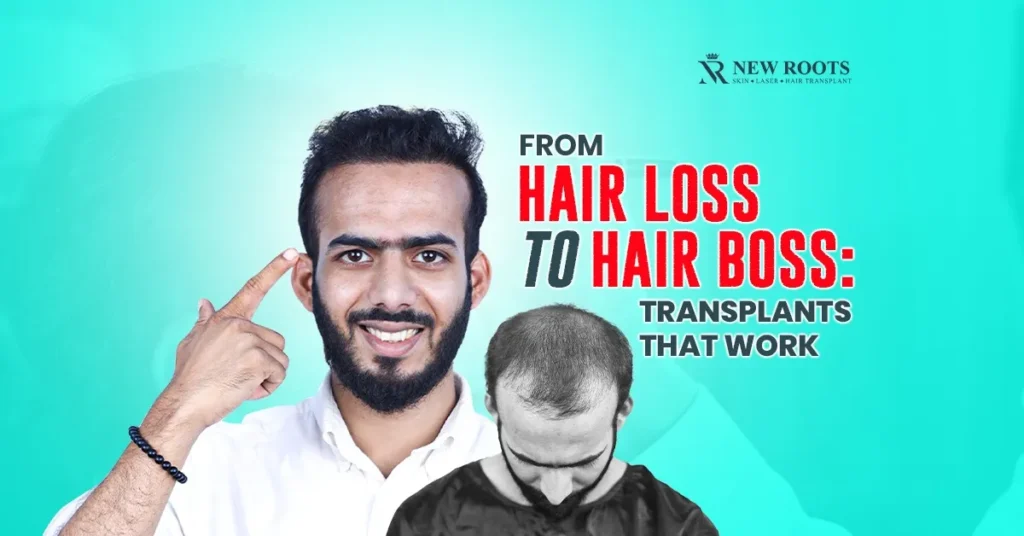Knowledge of the best practices regarding hair transplants and treatment is crucial when dealing with very bad hair loss.
Follicular Unit Transplantation, Follicular Unit Extraction, and Direct Hair Implantation have been proven to deliver a host of solutions for the various options available for clients.
In addition to growing hair, these techniques also provide natural-looking hair, which brings about improved self-esteem.
However, adding these surgical choices to optimal postoperative management and treating potential factors that could contribute to chronic pain or stress, such as hormonal fluctuations or anxiety, can enhance the results enormously.
That is why it is important to stress the individual approach in treatment for hair loss recovery.
Introduction
Sudden hair loss is quite unpleasant, and people who experience it are emotionally affected, and they feel less confident.
It is particularly prudent for anyone struggling with this issue to gain a grasp of effective Hair transplants and treatment.
Today, there are different methods available concerning technology in which natural and effective results for hair restoration can be obtained.
These treatments can cater to all kinds of hair loss that is triggered by hormonal changes, stress, or even heredity.
Through such a method, people can be empowered once again and bring with confidence a fuller head of hair, which modifies facial appearance and enhances the quality of life.
Table of Contents
Understanding Hair Loss
Hair loss is something that people do not often give much thought to, as it is more rampant than many could imagine, affecting individuals of all ages, both male and female.
This is why it is important to know about the scenario, types of hair loss, and the possible reasons for Hair Loss.
👉 Types of Hair Loss

Androgenetic Alopecia:
They are commonly known as male or female pattern baldness because they cause hair loss gradually, following genetic factors, with hairlines or crowns being the most affected areas.
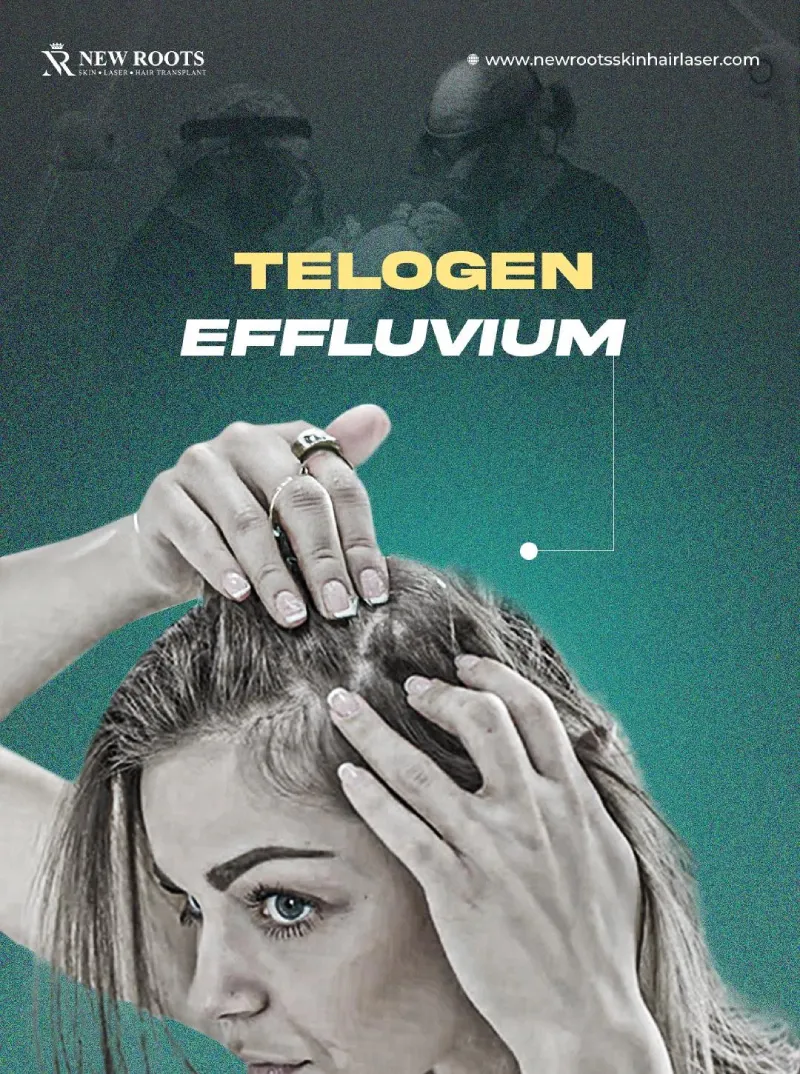
Telogen Effluvium:
A type of hair loss where a large number of hairs enter the telogen phase at once following illness, stress, or hormonal changes and become noticeable.
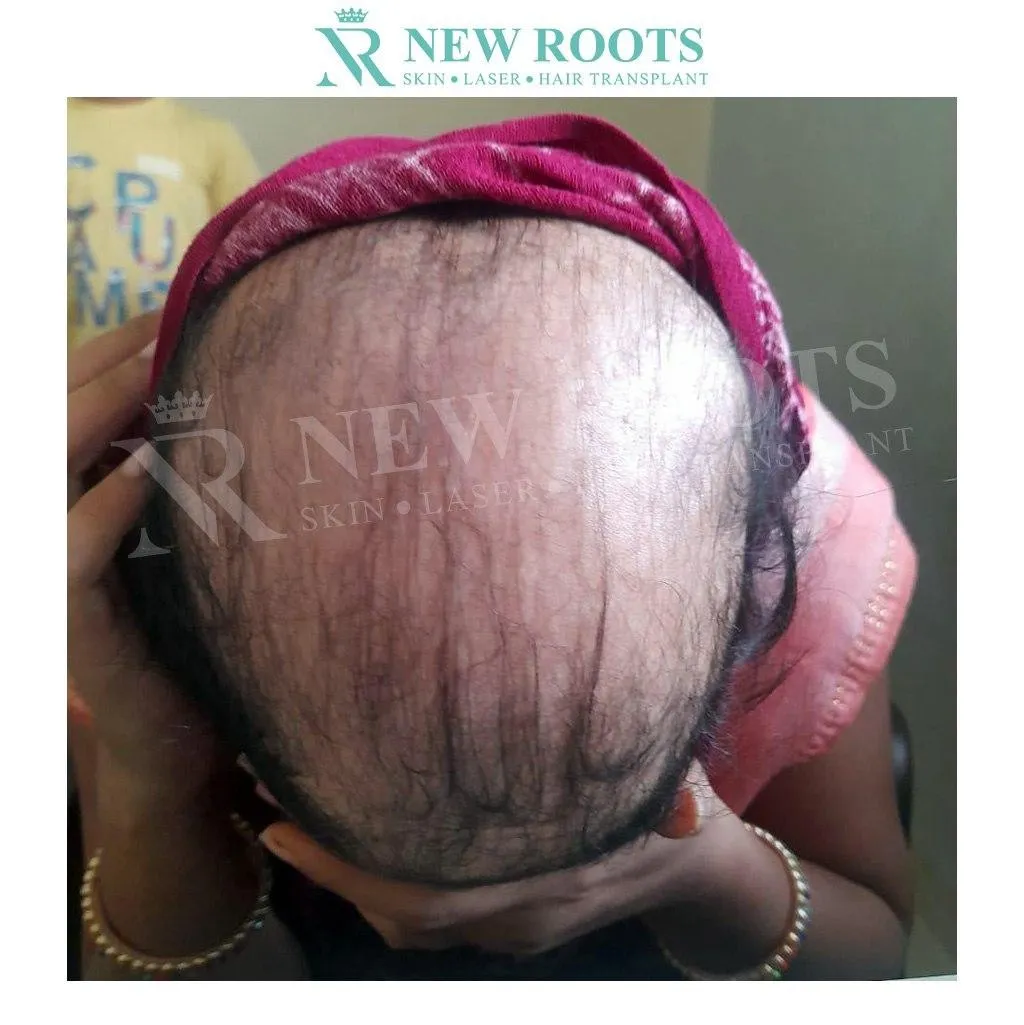
Alopecia Areata:
An autoimmune disease that makes patients lose hair in small sections, it can develop to all the body hair or any kind of hair.

Traction Alopecia:
This is a hairstyle that pulls hair, such as ponytails or braids; this puts too much pressure on the hair and breaks it when teased, causing hair loss around the hairline.
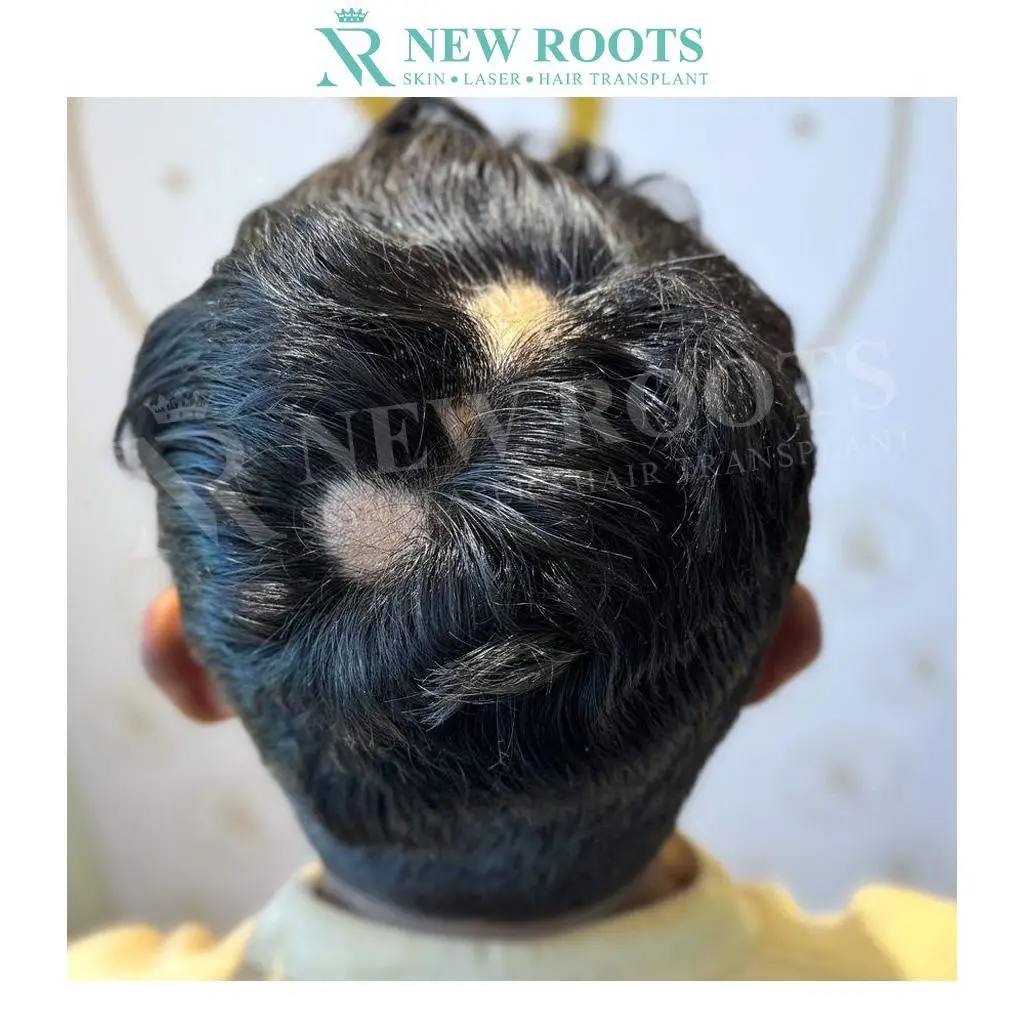
Scarring Alopecia:
A closely related set of inflammatory disorders that damage hair follicles, which are displaced from their stroma and replaced with scar tissue, in affected regions.
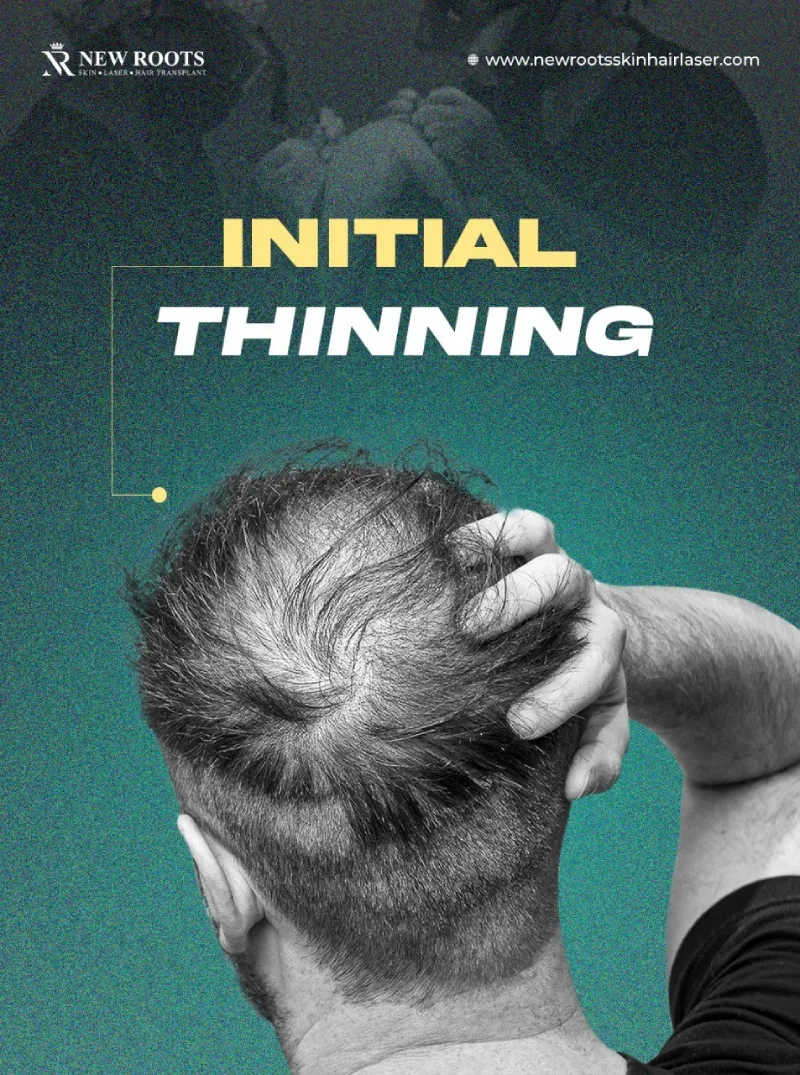
Chronic Hair Thinning:
Hair loss where the hair begins to grow thinner slowly as a person ages or has changes in hormones.
Reasons for Hair Loss
Hormonal Modifications: Many hormonal modifications, which include pregnancy, childbirth, menopause, or positive thyroid situations, may also cause hair to fall out in noticeable quantities.
Emotional Stress: Intense pressure lowering can cause conditions like telogen effluvium, which has many more hair follicles in the resting phase, thus leading to hair loss.
Physical Stress: Although rare, levels higher or lower than normal make hair grow faster; thus, sometimes hair can even fall off when one undergoes serious surgery, is seriously ill, or has lost a lot of weight.
Genetics: Some of the most familiar causes of permanent hair loss include hereditary diseases, which include androgenetic alopecia; this is common among men and women as they grow older.
Medications: There are drugs used for cancer, depression, and hormonal therapy that can lead to hair loss as side effects.
Poor Nutrition: Lack of vitamins, minerals, and proteins can affect issues and can trigger the problem of hair loss.
Hair Transplants and Treatment Options
Compared to the numerous answers that are to be had within the marketplace, hair transplantation is an everlasting answer that may be followed.
Follicular Unit Transplantation: This includes taking away a strip of pores and skin from the back of the top of which hairs are separated into follicular units for transplantation.
Even as many grafts are allowed to be transplanted in a single consultation, it results in a linear scar within the donor site.
Follicular Unit Extraction: In this least invasive approach, hair follicles are obtained from the scalp using a small apparatus.
In general, FUE is favored because of its relatively short recovery, although a given procedure may take longer than with FUT.
Direct Hair Implantation: By this method, the doctor places the extracted hair follicles directly in the balding areas without cutting first. It provides better control of where the follicles are placed, meaning a more natural-looking outcome.
Robotic Hair Restoration: In the application of FUE, robotic systems improve follicles and reduce injury to neighboring tissues, thus improving results and work rate.
New Roots - Skin, Laser & Hair Transplant Clinic
The New Roots Clinic offers excellent services related to hair transplants and treatment, in which hair transplant surgery is less invasive.
Both FUE and DHI procedures have dedicated professionals, and patients who wish to get effective results and high-quality service here are welcome.
Through this, the clinic uses the best technology to ensure every process is aimed at producing a natural look.
| Technique | Benefits | Drawbacks |
| FUT | High graft yield | Leaves a linear scar |
| FUE | Less invasive, minimal scarring | Longer to perform |
| DHI | Immediate implantation, scarless | Requires skilled practitioners |
Consultation Process
The surgery of hair transplanting cannot be done without a consultation. This process involves:
A conceptual and semi-quantitative evaluation of hair loss configurations.
Disclosure of expectations related to treatment.
Evaluation of the donor area.
Self-promoting from a medical history perspective to seek conditions that can cause hair loss.
Surgical Procedure
The treatment procedure works best in delivering good outcomes and encompasses the following steps.
👉 Extraction Process
In extraction, the hair follicles, which contain hair roots, are carefully harvested from the donor area. The method that is finally chosen may also determine the length of healing and how the area looks afterward.
👉 Implantation Process
Implantation is the procedure that involves placing the extracted follicles into the affected areas with baldness. The weight is in this phase because it requires precision in efforts to mimic growth formations.
Post-Surgery Care and Results
Post-surgery hair care has to be proper for the right hair loss recovery to be achieved.
In general, patients can discern new developments such as scar tissue and tissue growth between six months and a year after the procedure.
One more important aspect for the client is to have some kind of follow-up schedule with the clinic.
| Care Tips | Details |
| Follow instructions | Adhere to recommended care post-surgery |
| Manage stress | Implement stress management techniques |
| Nutritional support | Consume a balanced diet for healthy hair |
Managing Hair Loss with Lifestyle Changes
Besides considering surgical solutions, assimilating stress-decreasing practices and proper overall body fitness can improve hair condition.
The effects of emotional stress and physical stress among the various reasons for Hair Loss make for a prevention-oriented analysis.
Conclusion
All-in Hair Transplants and Treatment give reasonable remedies to extensive baldness and have the feature of a natural look.
That is why FUT, FUE, and DHI help to provide individual solutions for hair restoration. The New Roots Clinic is unique in that it offers a full range of services and caters to each client.
Chronic hair thinning could be fought off by a proper understanding of lifestyle and proper procedures; thus, one can come up with an everlasting solution to the issue.
Q&A ASK:
Common reasons for Hair Loss are genetic, hormonal changes, stress, and more. It is recommended that patients and physicians be aware of these factors to have successful Hair Transplants and Treatment choices currently out there in the market.
Patients feel little or no pain with Hair Transplants and Treatment because local anesthesia is used. Pain after the surgery is normally well controlled, and patients do not suffer extreme discomfort during the initial recovery period.
Some moments after hair transplants and treatment, one is bound to develop swellings as well as redness. Healing and getting the best out of the particular surgery is highly dependent on adherence to postoperative care guidelines.
The time taken for Hair Transplants and Treatment usually takes a little more than one day, although it can be a maximum of 4-8 hours. The actual time will depend on the degree of hair restoration the patient needs.
Overall outcomes of hair transplants and treatment are mostly permanent. These hair follicles are transplanted hair follicles that still contain their DNA; hence, they can cause natural hair that can last for a lifetime.
